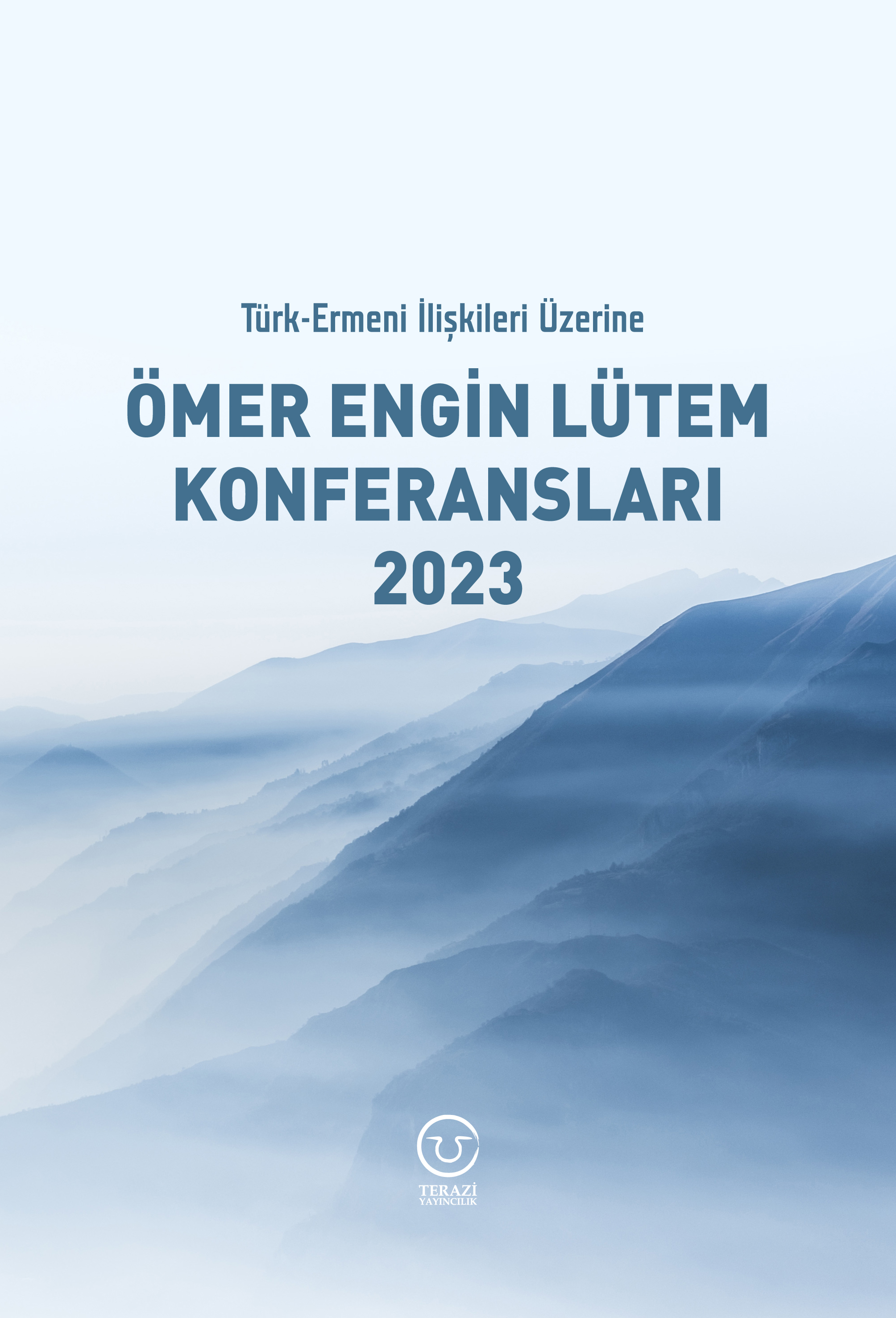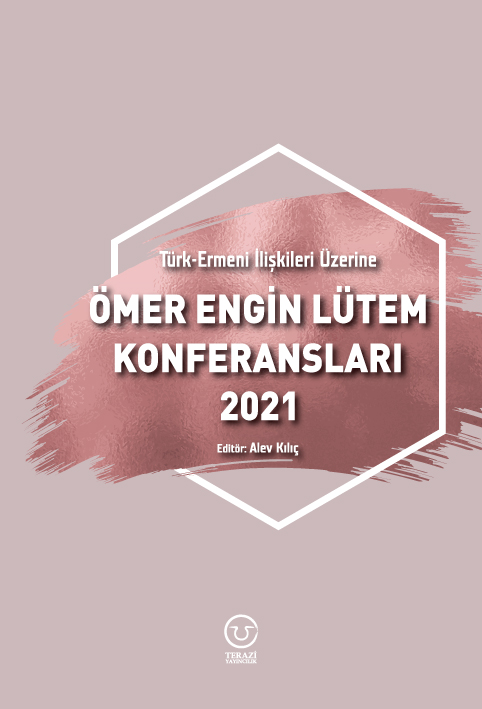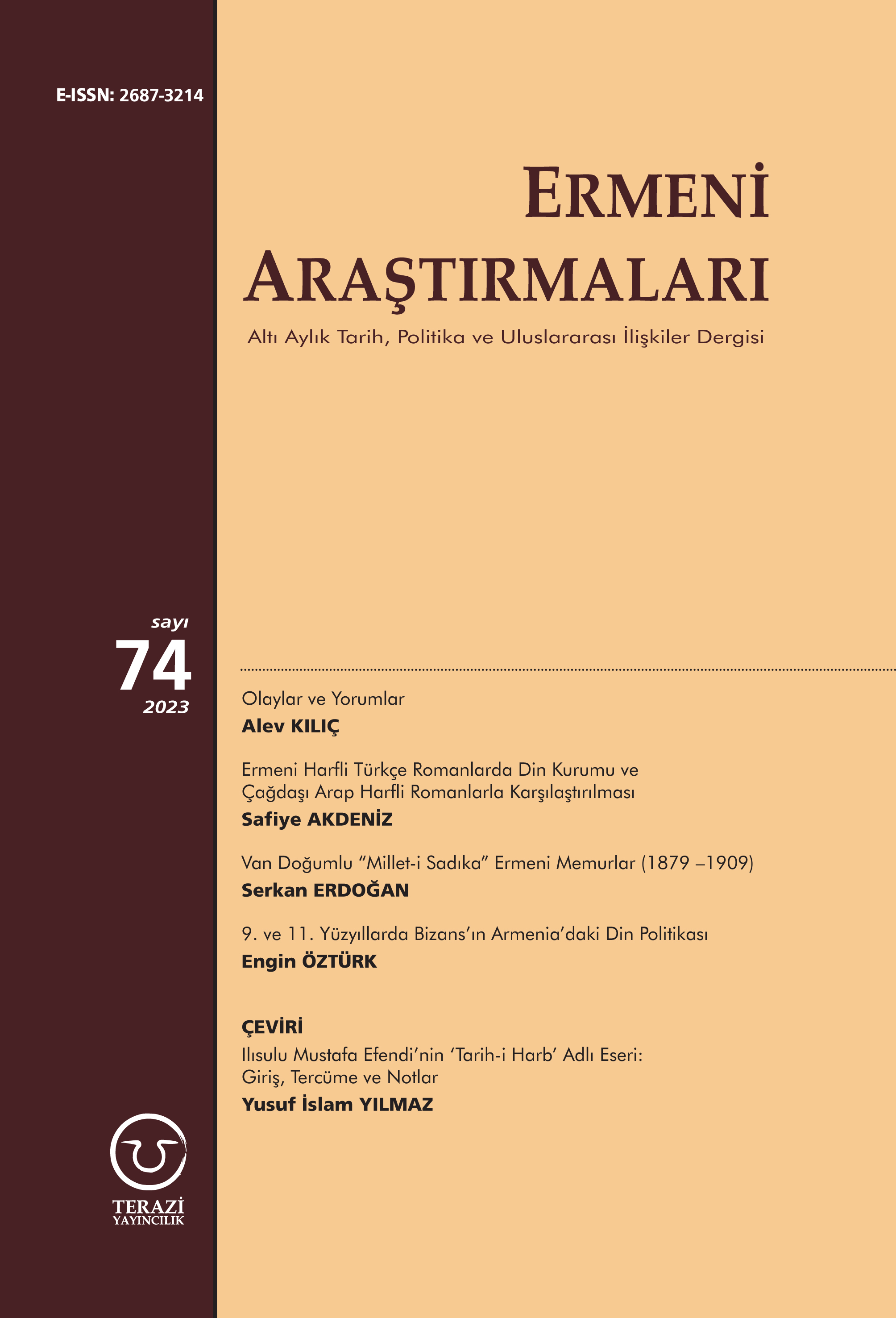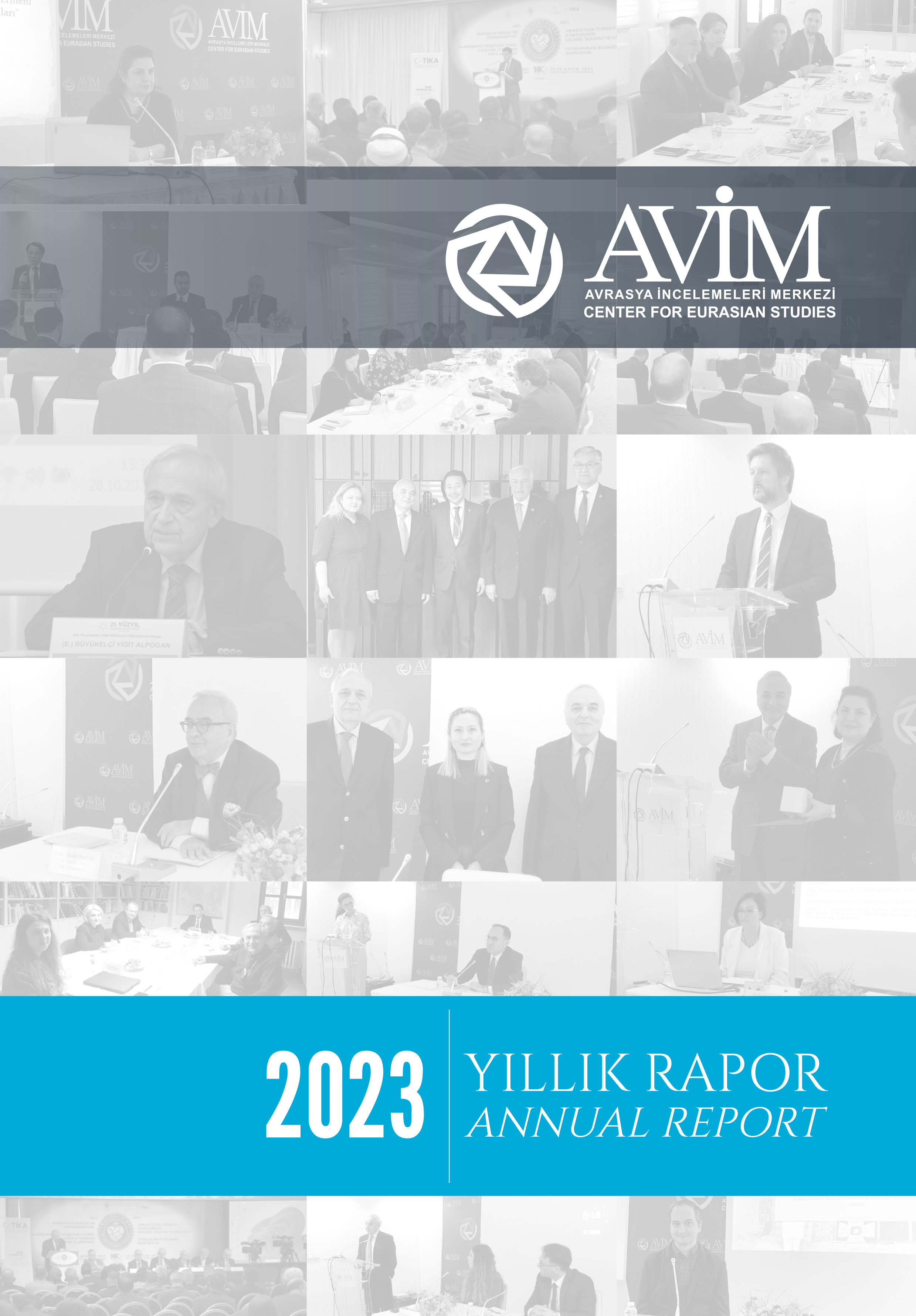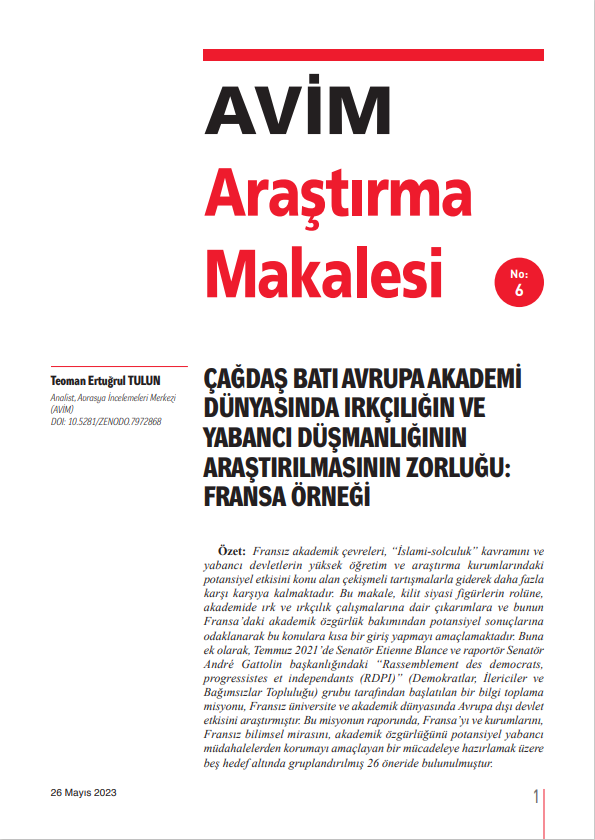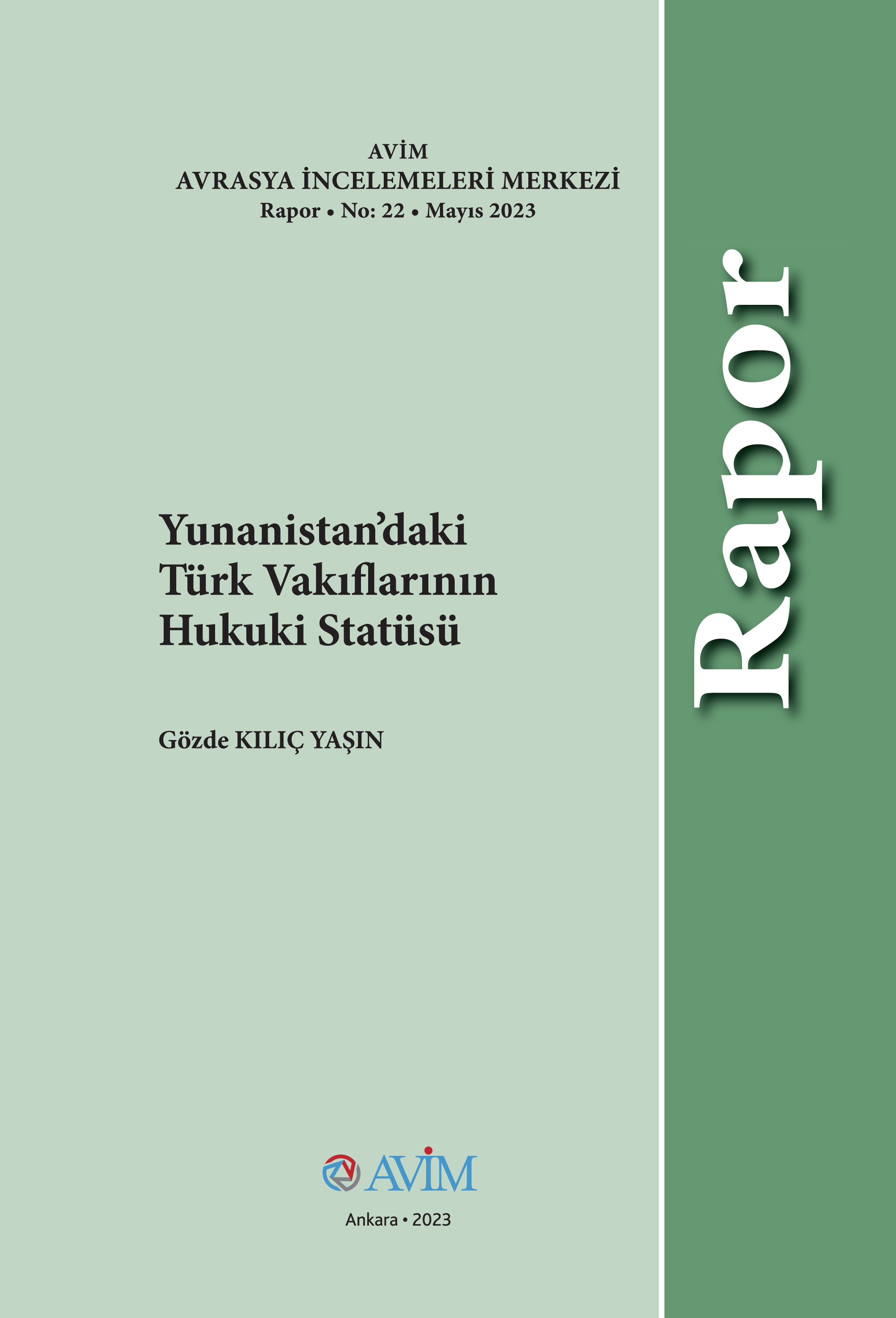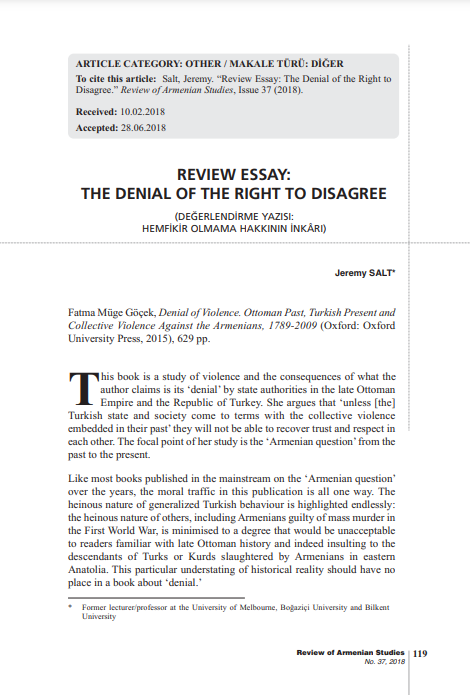Download PDF :


EurActiv (22 February 2019)
Through its structural funds, the EU invests €8 billion into medical care in Europe’s regions, where access to healthcare still sometimes leaves much to be desired. The European Commission is currently considering how the money can be better invested in the future. EURACTIV Germany reports.
People living in rural areas often have poor access to health systems. For instance, there may be a journey lasting hours to the next hospital, a shortage of doctors in rural areas and hardly any preventive health courses. There are huge differences in medical care not only between the regions in Germany but also in every EU country.
At a meeting on Tuesday (19 February), European Commissioner for Health and Food Safety Vytenis Andriukaitis and the Commissioner for Regional Policy, Corina Creţu, discussed how these regions can be supported in a targeted way using the structural funds. They also exchanged ideas with representatives from the healthcare industry.
Of the more than €350 billion paid out by the structural funds in the current funding period – which is intended to bring living standards in Europe’s regions closer together – about €8 billion was invested in healthcare between 2014 and 2018.
This funding supported investment in infrastructure to ensure primary healthcare or invested in projects to train health workers, to develop innovative technologies or reform health systems.
“Time is Brain”: How ERDF funds save lives in Berlin
The most comprehensive EU regional development instrument is the European Regional Development Fund (ERDF). But in most cases, its work remains largely unknown to the public. An example from Berlin shows how it literally saves lives. EURACTIV Germany reports.
3% spent on prevention, 80% on treating diseases
In fact, healthcare is member states’ responsibility and not under the Commission’s control. However, in the most recent Eurobarometer poll, almost 70% of Europeans supported the EU becoming more active in the healthcare sector.
In a report on the health of the EU populations and national systems in 2017, the European Commission concluded that there were not only significant differences at the national level, but also at the regional level.
The report indicated that Germany, which generally gets good marks, had great variations in terms of coverage. In particular, there is an acute shortage of doctors in the eastern German states (see map below).
At the same time, no other EU member state spends as much money proportionately on healthcare as Germany does. On average, this figure was €3,996 per capita in 2015, 43% more than the EU average.
However, the healthcare sector is changing, with emphasis increasingly given to prevention.
“Spending only 3% of our health budgets on prevention, compared with 80% on the treatment of diseases, is simply not enough,” Commissioner Andriukaitis said. “We need better access to primary healthcare so that the emergency room isn’t people’s first port of call,” he added.
The conclusion of discussion involving both Commissioners and health representatives was similar: If the EU wanted to spend its structural funds on better medical care for its regions, there primarily needed to be investment in local health support, for example by interlinking healthcare and social services.
This would mean that expensive hospital stays could be avoided – and that, ideally, people living in rural areas would be spared the long journey to the nearest hospital.
 BREXIT: GREG CLARK, AMBER RUDD AND DAVID GAUKE ISSUE DELAY WARNING
Europe - EU
24.02.2019
BREXIT: GREG CLARK, AMBER RUDD AND DAVID GAUKE ISSUE DELAY WARNING
Europe - EU
24.02.2019
